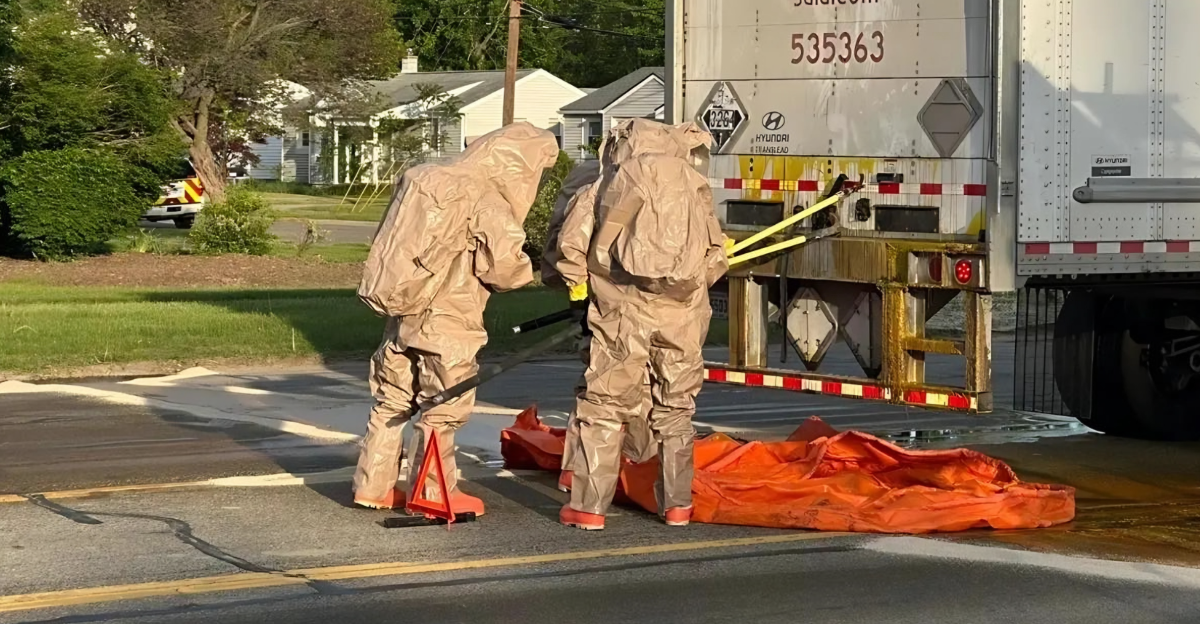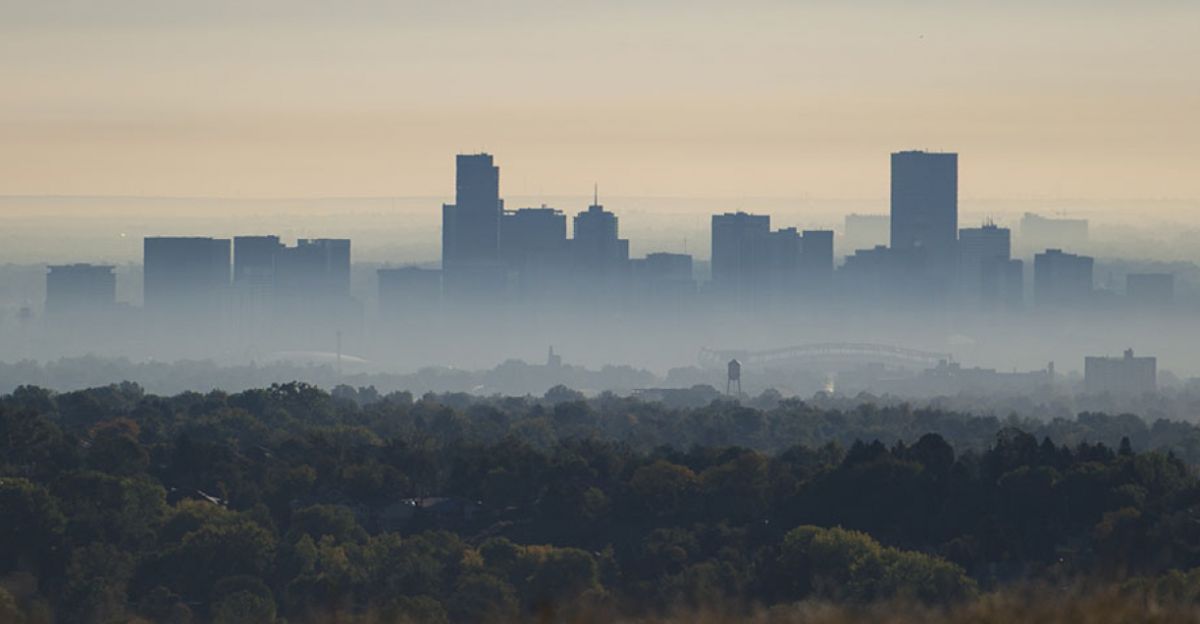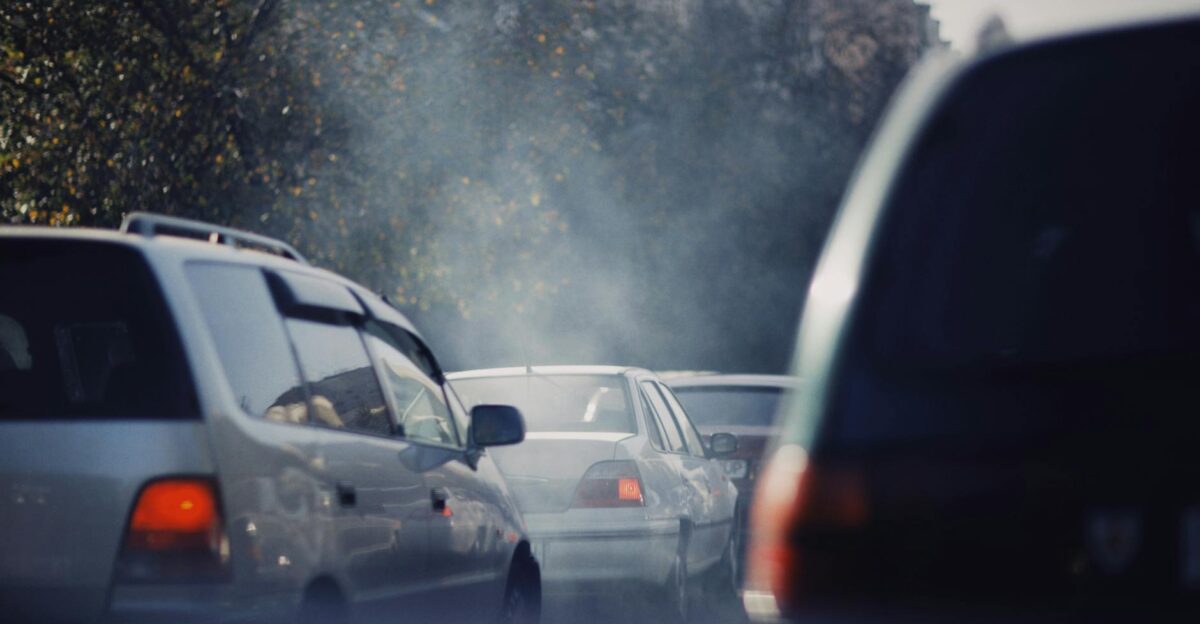
Recently, the National Weather Service has issued alerts across seven different states. These warnings come with implications that driving in these states could cause health problems in not only people, but pets as well.
The justification behind these warnings is that ozone pollution and dust are reaching beyond levels that are considered safe. The states that are affected are California, New York, New Jersey, Connecticut, Pennsylvania, Michigan, and Rhode Island. Avoiding driving long distances can help to reduce the pollution in the air and protect public health.
What’s Causing The Problems

One of the key reasons behind the alert is ground-level ozone. When vehicles and industrial emissions interact with sunlight, ground-level ozone is formed. In states like California, wind can carry dust and pollute the air.
All of these factors are exacerbated by the scorching heat, poor circulation, and smoke from wildfires. Pollutants get trapped and cannot move above ground level due to these conditions.
Populations At Risk

While all residents could be at risk of respiratory complications from pollution such as coughing and shortness of breath, there are particularly vulnerable populations who should avoid breathing in the polluted air.
These populations include young children, the elderly, and people with existing respiratory or heart illnesses. Ozone and other pollution in the air can trigger asthma and impact chronic lung diseases.
Areas Most Affected

The alert not only covers states but also specific counties where air quality may be significantly worse. These hotspots include New York, which includes New York City, Nassau, Suffolk, Westchester, and Rockland.
Michigan’s counties that are hit the hardest are Ottawa Kent, Muskegon, and Van Buren. Other urban areas affected are New Jersey, Connecticut, Pennsylvania, California, and Rhode Island.
Ozone Pollution

Ozone pollution forms when chemicals react with one another through car exhaust, power plants, and factory pollution involving nitrogen oxides and volatile organic compounds. Hotter environments and the sun directly escalate this process, which can lead to subtle increases in air pollution during summer afternoons when people like to be active.
This makes the alerts even more important, as people who aren’t aware could be breathing in potentially dangerous amounts of pollution without even knowing.
How Driving Affects Pollution

These warnings aren’t meant to ban motorists from driving completely, but rather to cut down on unnecessary trips. Those who can combine errands under one trip rather than several should keep their vehicle emissions down as much as possible.
Exhaust pollution contributes to over half of all urban air pollution, and if everyone drives a little less, this can dramatically cut down ozone formation.
What People Should Do

Residents can cut down their emissions during elevated pollution levels in a number of ways, including driving less and either using public transport or carpooling.
For those who want to avoid harm from pollution they should cancel outdoor activities and keep exposure to a minimum, keep windows and doors closed, use air conditioners to cycle air, and avoid making fires outside. Ensure that pets aren’t exposed to unnessecary air pollution and keep them indoors. Through these measures, residents can stay safe and contribute to improving the air quality around them.
Health Concerns

The alerts aren’t to tell people what to do, but rather to try to keep residents safe amid health concerns. Prolonged exposure to ozone and particulates can have a lot of health impacts even in healthy individuals.
Pets are just as vulnerable to air pollution as people are. Dogs and cats can experience respiratory complications like labored breathing, watery eyes, or lethargy. Young, old, and short-faced dogs are at an increased risk.
Stay Informed

Air quality is improving, and residents should expect levels to return to normal soon. However, as air quality improves in the morning and overnight, by the afternoon, they can become hazardous once again with the next heatwave or pollution event.
Residents can stay up to date through the relevant channels, such as the NWS website, social media, and weather channels. An informed public can make better decisions and not put themselves at unnecessary harm.
Real Risks

The alert is an important warning of real risks that residents could expose themselves to. For those who live in the affected regions, keep your head down and wait for updates.
Try to drive less and stay indoors when possible. Check on vulnerable neighbors and keep pets indoors when air quality drops to dangerous levels.







